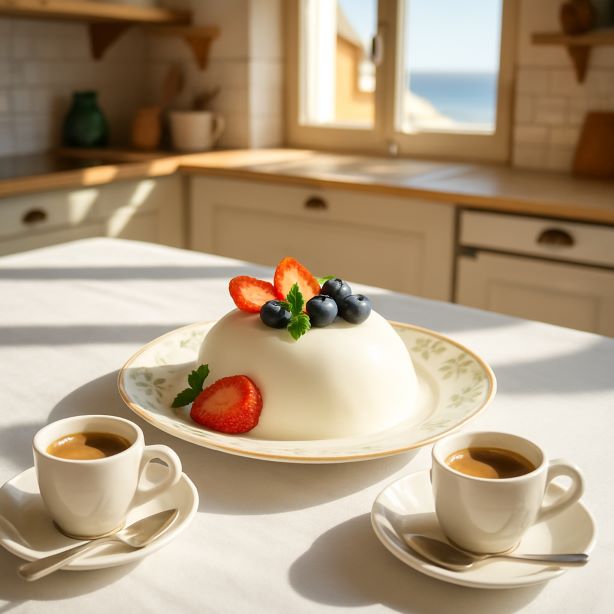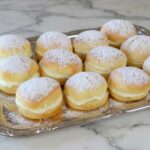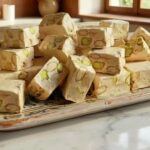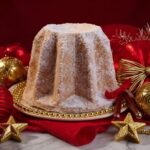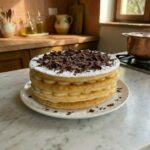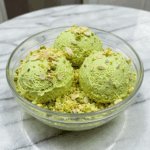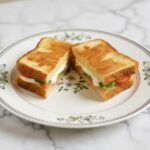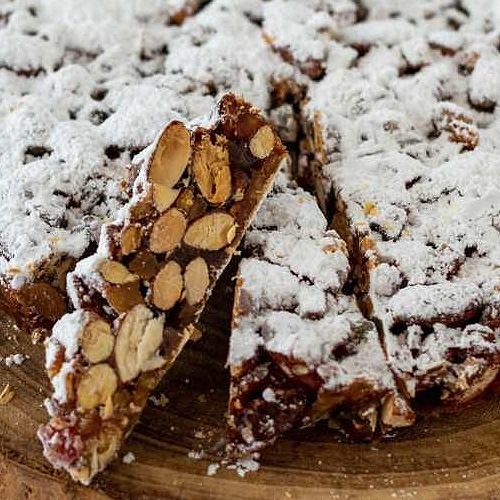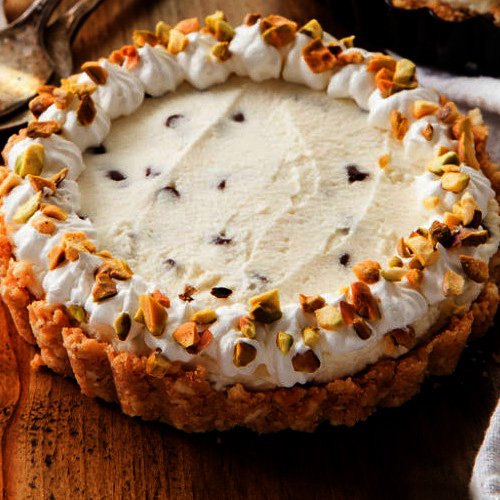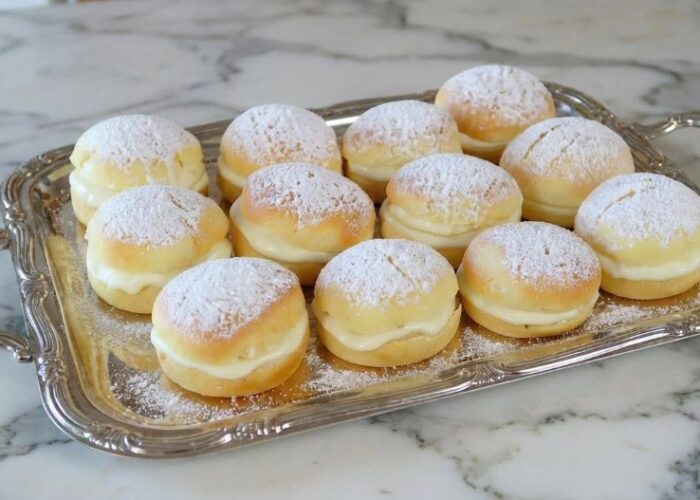A Classic Italian Dessert
Panna cotta means “cooked cream” in Italian, and that’s exactly what it is—a silky, custard-like treat. Most believe it comes from Piedmont in northern Italy, though its story is still a little hazy. What we do know is that it grew popular in the early 20th century, once gelatin became common in home kitchens.
The beauty of this dessert is its simplicity. With just cream, sugar, gelatin, and a hint of vanilla, you get a dessert that feels refined but isn’t fussy. After chilling, it sets into a smooth, delicate pudding that practically melts in your mouth. A handful of fresh berries, a spoonful of fruit coulis, or even a drizzle of caramel is all its needs on top.
It’s elegant, adaptable, and proof of what Italian cooking does best turning the simplest ingredients into something unforgettable.
Serving Panna Cotta
You know, panna cotta is one of those desserts that really shines when it’s ice cold, straight from the fridge. You can keep it chic and modern by serving it in clear glasses or go the traditional route and unmold it onto small plates for that classic Italian touch.

Now, toppings are where the fun begins. Fresh seasonal berries add a pop of color and brightness, while a drizzle of berry coulis gives it that sweet-tart balance. Want something richer? A swirl of caramel sauce works beautifully. If indulgence is your style, sprinkle on shaved chocolate, add a few crushed amaretti cookies, or finish with a spoonful of golden honey.
And let’s not forget the pairing. A silky panna cotta tastes even better alongside a strong espresso, a glass of dessert wine, or a bubbly Moscato. It’s elegant, simple, and oh-so-Italian.
Variations
Panna cotta is an Italian dessert made from sweetened cream thickened with gelatin, traditionally served chilled. It’s incredibly versatile and can be infused with various flavors and paired with different toppings or textures. Here are several delicious variations of panna cotta:
Vanilla
The most traditional version, flavored with real vanilla beans or vanilla extract.
Coffee or Espresso
A bold, bitter-sweet twist using brewed espresso or coffee extract.
Chocolate
Rich and smooth, using melted dark or milk chocolate in the cream.
Caramel
Swirled or topped with homemade caramel sauce.
Strawberry
Often topped with a strawberry coulis or layered with strawberry jelly.
Mango
Tropical and vibrant, using mango puree as a layer or blended into the cream.
Berry
Blueberries, raspberries, or blackberries either blended into the panna cotta or used as a topping.
Coconut
Made with coconut milk or cream, sometimes vegan if gelatin is replaced with agar-agar.
Pistachio
A green-hued, nutty delight using pistachio paste or ground nuts.
Almond or Hazelnut
Subtle and elegant, using nut milks or essences.
Boozy
Baileys or Irish Cream Panna Cotta. Creamy and indulgent with a hint of liqueur.
Amaretto or Rum Panna Cotta. Warm and slightly sweet, pairs beautifully with toasted nuts.
STORAGE
Panna cotta stores very well, making it a great make-ahead dessert.
Refrigerator: Store panna cotta in the fridge, covered with plastic wrap or in an airtight container, for up to 4–5 days. Keep it chilled until ready to serve.
Unmolded vs. Molded: If you’re planning to unmold it onto plates, it’s best to keep it in its mold until just before serving to maintain its shape.
Freezing Not Recommended: Freezing panna cotta can affect its smooth texture and cause separation once thawed, so it’s not ideal for freezing.

